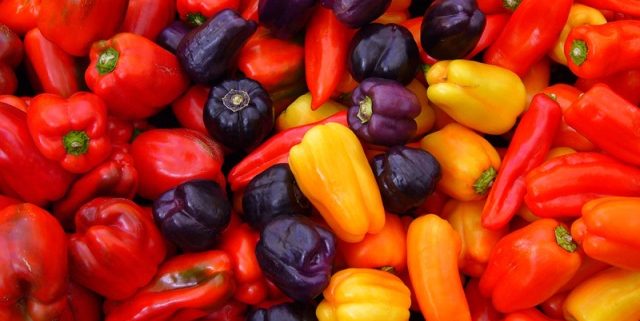Urgent create the genetic map of american chily pepper
Although Bolivia, and Mexico share the center of origin of chili and there are sixteen endemic species in South America, Asian countries account for over 60% of world production.
For twenty years, countries like China, India, Korea, Indonesia, Nigeria and Turky actively involved in the production and trade of more than 45 species of chilies found in world markets.
Although geneticists recognize that the center of origin of the species Capsicum annuum is in Bolivia, the existence of wild varieties and domestication of the crop it is associated with Mexico, particularly the caves Coxcatlán in the Valley of Tehuacan, between the states of Puebla and Oaxaca, where they have found seeds of wild chilies with a history of more than eight thousand years. For more details on the domestication of the chili, there are archaeological data Mitla Zapotec settlements and Monte Alban dating back six thousand years.
However, doubts about the domestication and development of this American culture is based on the existence of varieties that are divided into six major groups such as C. Annum, C.Chinense, C. frutescens, C. pubescens, C. pendulium and C. minimum with more than 50 varieties among which the yellow Aji, Mirasol, pepper, Cherry, Santaka, Bell, Paprika, Cayenne, Pasilla, Habanero, Jalapeno, Serrano and Tabasco.
Geographical groups in the Americas
To give an idea of genetic diversity associated with the American continent, we can mention the existence of four geographical groups of this solanácea, ranging from the southeastern United States to the western part of South America with twelve subspecies; the second group with a subspecies ranges from southeastern Brazil to the coast of Venezuela; the third is located on the east coast of Brazil and has an inventory ten subspecies; finally the fourth group corresponds to Bolivia from which runs to Peru, Paraguay and northern Argentina with eight subspecies. It is noteworthy that sixteen species are considered endemic to South America, and these represent the largest number of species of the genus Capsicum restricted to one area. Also exists in Arizona, USA, a restricted and protected from chiltepín area.
Regarding genebanks chili, the most important are in the United States (National Plant Germplasm System U.S) located in Griffin, Georgia has a collection of 3,000 varieties of chile accessories from around the world. Other active and important collections are in Taiwan (Asian Vegetable Research and Development Centre), Costa Rica (Tropical Agricultural Research and Higher Education), Netherlands (Center for Genetics Resources) and Germany (Central Institute for Genetics and Germplasm).
However, Mexico, Guatemala, Bolivia and Peru, which have a rich genetic and culinary history of chili, suffer from a genetic center where you can conduct investigations to determine the importance of wild species, which curiously are associated with pollinating birds. In these countries and particularly in Mexico where production of chillies reaches more than 2.2 million tons per year and exports 560 million dollars. It is more than necessary to initiate actions to collect wild varieties and integrate a gene bank information with the most economically important species, including those used in China, the leading country that produce over 15 million tons per year.









